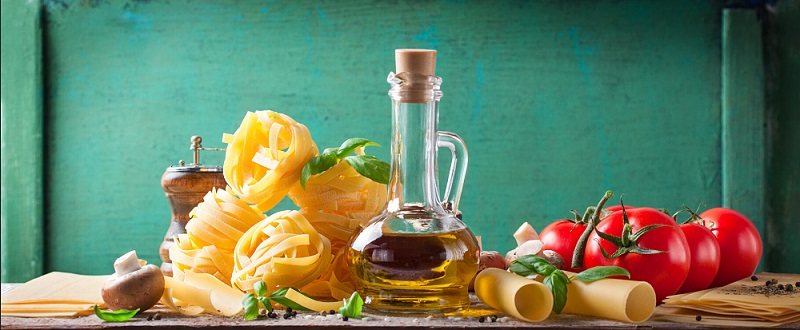A Glimpse of American Postwar Food History

FOOD: Transforming the American Table 1950–2000 (“FOOD” hereinafter)–The Smithsonian’s first major exhibition on food history–will open on Nov.20 at the 3,800-square-foot National Museum of American History with the purpose of exploring the major changes in food and eating in postwar America.
Julia Child’s kitchen, which she donated to the museum in 2001 along with the hundreds of tools, appliances, and furnishings in it, serves as the opening story of the exhibition, demonstrating her influence on the culinary field, food television, and the ways many Americans think about food and cooking.
In the words of Paula Johnson, museum curator and project director for the exhibition, Food is a fundamental subject that everyone is related to. The second half of the 20th century witnessed a rapid change in America. This exhibition looks at the widespread and robust interest in food-related topics and expects to encourage dialogues about food and the forces & factors that influenced how and what we eat.
Among the topics on the exhibition’s menu change in food production and processing, in who cooks and why, where and when meals are consumed, and what people know (or think they know) about what is good for them. They are divided into four sections with 160 objects:
- Resetting the Table reveals the influences of new immigrants and how the foods and flavors from Asia, the Middle East, Africa, Mexico, and Central America have become an integral part of daily life for many Americans. This section also explores the impacts of the counterculture and “back to the land” movements in the 1960s and 1970s and the increased consciousness for “good food”–local, organic and artisanal.
- Wine for the Table is devoted to the growth and expansion of American wine and winemaking after 1950. This section examines how new approaches to vineyard planting and management, new technologies and practices, and innovative marketing strategies help winemakers overcome challenges remaining from the Prohibition era. While most of this section focuses on California, one of the most significant changes revealed is that by 2000, wine was being produced in all 50 states.
- New and Improved explore how science and new technologies increased food production in the fields, processing, and distribution, and how an eager American public embraced the abundance, variety, and convenience. This section also looks at innovation in food preparation at home and the rise of snacking and drive-through and on-the-go eating.
- Open Table invites visitors to take a seat at a 22-foot-long communal table at the museum to share their own thoughts and experiences about food changes in the USA.
The National Museum of American History plans to create an ongoing program on food and drink in the USA and they will take this open-ended exhibition as the foundation.




